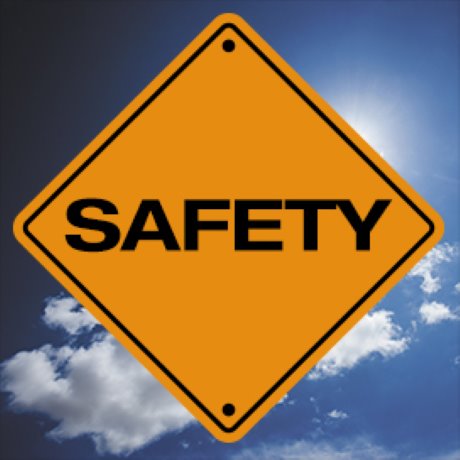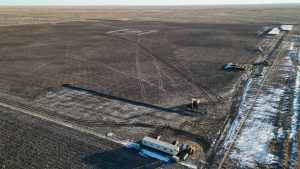Larry Staples, P.Eng., and advisor to the Construction Owners Association of Alberta (COAA) said the outcome of the Suncor Energy Inc. and Unifor Local 707A case will affect his members, which include larger contractors on energy projects as well as labour within the province.
"We work closely with labour in the province such as the Building Trades of Alberta and the Christian Labour Association of Canada," he said.
The Alberta Court of Appeal decision on random drug and alcohol testing between the two parties could come down as early as December. The issue between the union and company began in 2012, the union maintains.
Suncor unilaterally announced the implementation of random drug and alcohol testing in its oilsands operations. Unifor filed a grievance on behalf of its members claiming it violated their right to privacy. Arbitration resulted but not before the union successfully obtained an injunction against Suncor halting the testing. Since then the matter has been going through the court system.
By nature, the energy industry draws young mobile males with disposable income into remote areas and into jobs where safety is an issue. Alcohol and drug use has the potential to create safety concerns, Staples said, and the issue becomes one of attempting to mitigate the impact on other employees and preserve safety on the job site.
The COAA has formulated its own national model for drug and alcohol control on worksites.
"The Canadian model provides industry with recommendations for drug and alcohol testing procedures; it is the only document of its kind, tailored specifically for heavy industrial worksites," COAA states on its website.
Staples said, "The way we manage the risk is with two key things. We have well established policies that you don’t use on site."
It is essentially a zero tolerance policy and involves recommendations for testing when substance abuse is suspected. The other key point, he said, is providing strategic guidance on how to proceed when an individual is found to have violated the policy of no drug or alcohol use.
Staples said COAA’s attempted to provide assistance to the courts in a case that looks at what is really "the tip of the iceberg" in a broader industry-wide issue of regulating substance abuse in a changing environment.
Enform has also done leg-work in developing its policies.
"The Alcohol and Drug Task force was created under Enform in 2005 with representatives from the six industry associations to address the issue. Under the guidance of the task force, the Alcohol and Drug Policy Model for the Canadian upstream petroleum industry was developed and included standards on drug and alcohol testing. Enform and other proposed interveners with similar interests believe that random drug and alcohol testing supports risk mitigation and risk management within safety-sensitive workplaces," said Cameron MacGillivray, president and CEO of intervener Enform.
"The court decision and subsequent arbitration has the potential to impact the policy model."
Enform has actively expressed views on substance abuse. In August 2016, Enform (which has offices in B.C., Alberta, and Saskatchewan) sent a brief to the federal government Cannabis Legalization and Regulation Secretariat regarding the task force established to look at the legalization of marijuana.
"Over the last decade, the use of alcohol and drugs by persons who work in the upstream oil and gas sector in Canada has been a pressing safety concern for Enform and its members," the brief said, adding that safety concerns range from the isolation of sites and employees often working independently to employees driving on highways between sites.
Enform cited a 2003 study by Susan Goodwin Gerberich et al which examined 65,000 subjects of whom over 13,000 were current marijuana users. The findings indicated that male marijuana users had a 28 per cent higher rate of hospitalization due to injuries than non-users and female users had a 37 per cent higher rate than non-users.
"Enform respectfully submits that any legislation that is considered must address the obligations of employers to maintain a safe work environment and the workplace safety risks associated with marijuana," the submission said.
This is the second and final article of a two-part special to the Journal of Commerce that delves into the legal facets and differing opinions of a case that has national significance about random drug and alcohol testing at worksites.











Recent Comments
comments for this post are closed